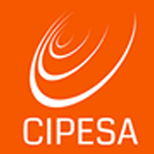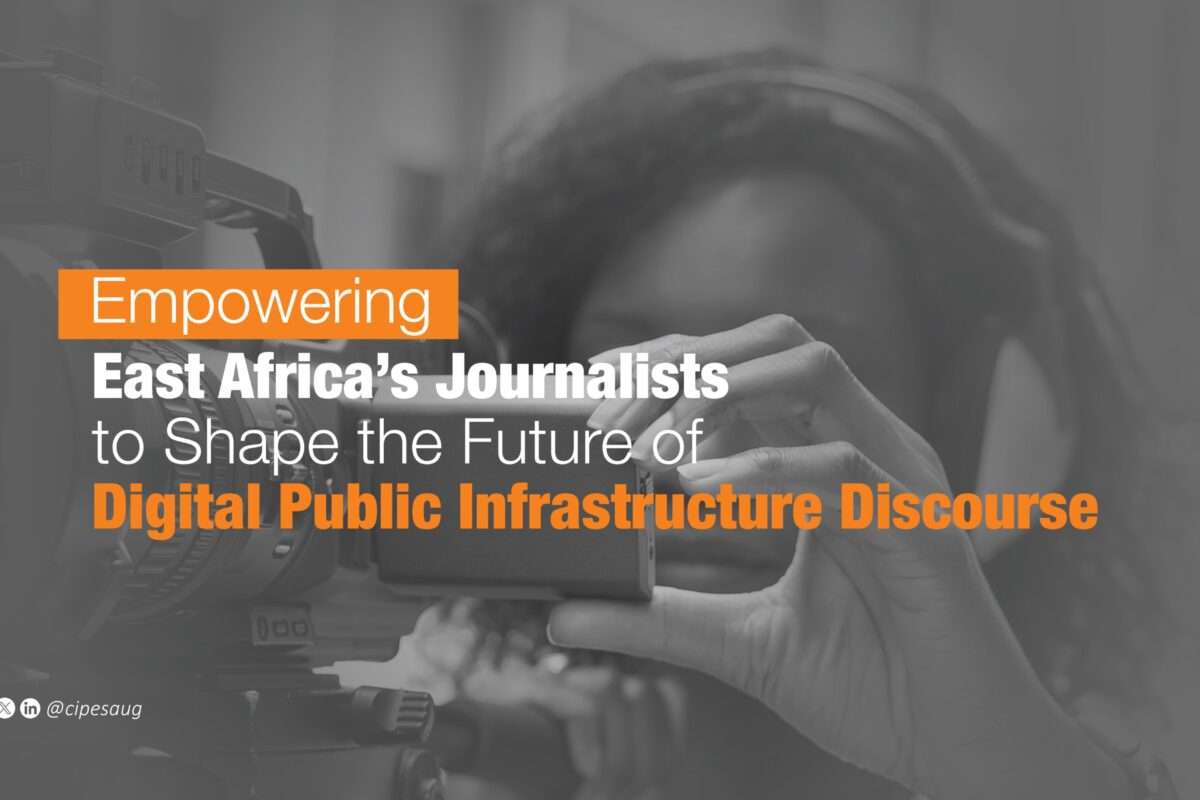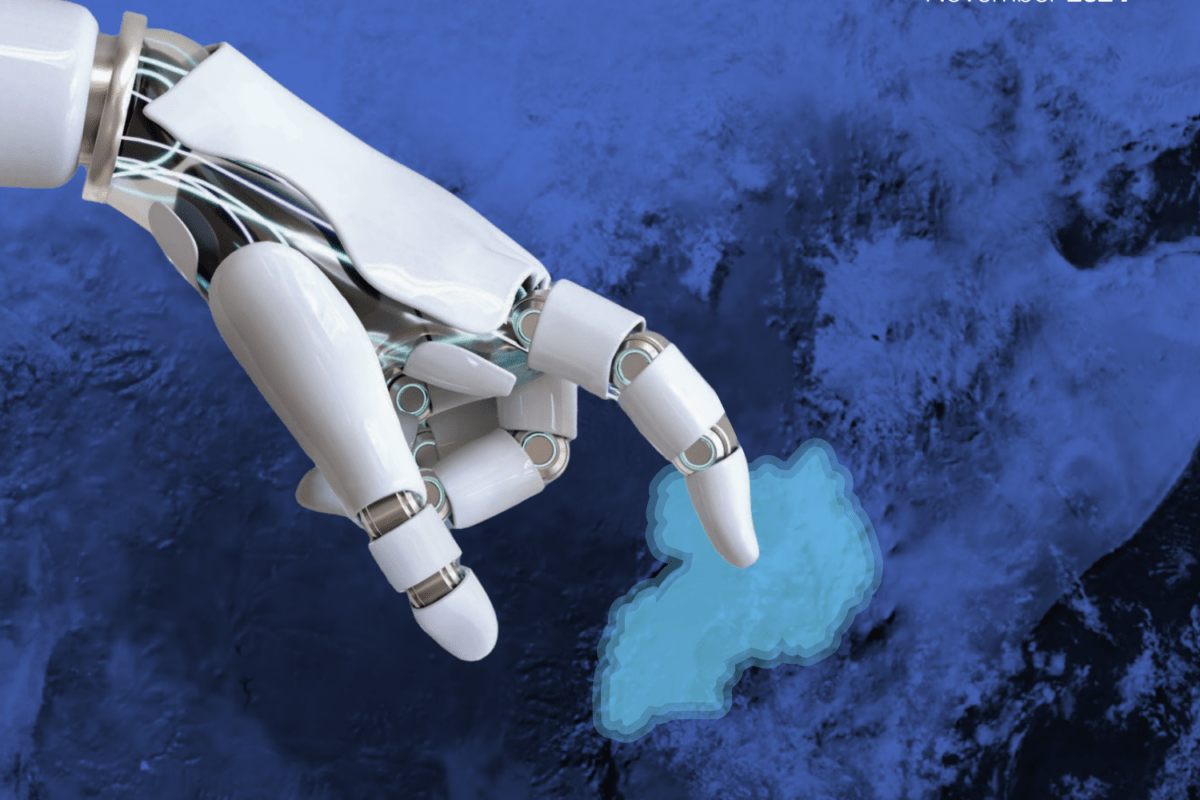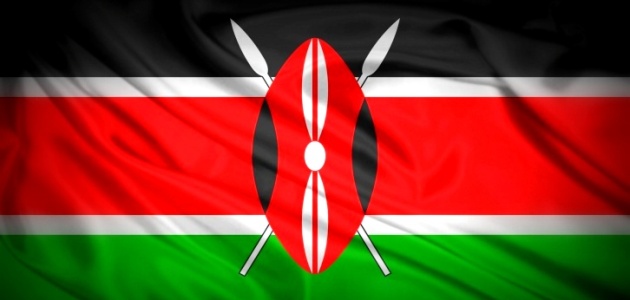CIPESA |
Economic projections show that by 2030, artificial intelligence (AI) will add USD 15.7 trillion to the global economy. Of this, USD 1.2 trillion will be generated in Africa and could boost the continent’s Gross Domestic Product by 5.6%. Despite AI’s transformative potential, there are concerns about the risks it poses to individuals’ rights and freedoms. There is therefore a need to foster a trusted and ethical AI ecosystem that elicits peoples’ confidence while guaranteeing an enabling atmosphere for innovation, to best harness AI for the greater public good for all.
The discussion on AI in Uganda is still in early stages. Nonetheless, the country needs to develop a comprehensive and AI-specific legal and institutional governance framework to provide for regulatory oversight over AI and the diverse actors in the AI ecosystem. Currently, various pieces of legislation, which majorly focus on general-purpose technologies, constitute the legal framework relevant to AI. However, these laws do not provide sufficient regulatory cover to AI, its associated benefits and mitigation of risks to human security, rights and freedoms.
In a new policy brief, the Collaboration on ICT Policy for East and Southern Africa (CIPESA) reviews the AI policymaking journeys of various countries, such as Kenya, South Africa, Singapore, Luxembourg, France and Germany, and proposes 11 actions Uganda could take to fulfil its aspiration to effectively regulate and harness AI.
The existing key policy frameworks include the Uganda Vision 2040, which emphasises the importance of Science, Technology, Engineering and Innovation (STEI) as critical drivers of economic growth and social transformation; and the National Fourth Industrial Revolution (4IR) Strategy that aims to accelerate Uganda’s development into an innovative, productive and competitive society using 4IR technologies, with emphasis on using AI in the public sector to improve financial management and tax revenue collection. Meanwhile, the third National Development Plan (NDP III) identifies the promotion of digital transformation and the adoption of 4IR technologies, including AI, as critical components for achieving Uganda’s vision of becoming a middle-income country.
The legal frameworks that impact AI-related oversight include the Constitution that lays out crucial benchmarks for the regulation of AI. It provides for the role of the state in stimulating agricultural, industrial, technological and scientific development by adopting appropriate policies and enacting enabling legislation. The constitution also provides for the right to privacy, freedom from discrimination, and the right to equality.
Other key laws include the Data Protection and Privacy Act of 2019 which, even if it was not drafted with AI in mind, is directly relevant to the regulation of AI technologies through the lens of data protection. The Computer Misuse Act of 2011 provides a framework that addresses unlawful use of computers and electronic systems. Relevant to the governance of AI is section 12, which criminalises unauthorised access to a computer or electronic system.
The National Information Technology Authority, Uganda (NITA-U) Act offers a foundation for improving infrastructure to support AI regulation efforts, and established NITA-U, a body responsible for regulating, coordinating, and promoting information technology in the country.
Overall, the current policy and legal framework, however fragmented, provides a starting point for enacting comprehensive, AI-specific legislation.
The growing adoption of AI brings a host of opportunities that positively impact society, including improved productivity and efficiency for individuals, the health sector, civil society organisations, the media, financial institutions, manufacturing industries, supplier chains, agriculture, climate and weather research and academia. AI is also being used by public agencies such as Uganda Revenue Authority to support more effective revenue collection. Uganda’s telecommunications operators are also utilising AI, for example to send targeted messages that encourage users to subscribe to loan offers such as Airtel Wewole and MTN MoKash..
Prospects for AI Regulation in Uganda
As Uganda’s journey of AI adoption and usage gains traction, the following guiding actions that underlie progressive AI frameworks across various countries could help quicken and offer direction to Uganda’s AI aspirations.
- Establishment of an AI governance institutional framework to guide the national adoption and usage of AI.
- Development and implementation of a “living” framework of best practices on AI that operates across the diverse sectors affected by AI. Singapore provides a best practice in this regard where, as a national agenda, there is consistent codification of best practices that inform the safe evolution of AI in the different spheres. The best practices framework allows for complementing of the regulatory framework. By adopting this best practice framework, Uganda would keep up with the evolution of AI without necessarily undertaking statutory amendments especially in the AI/technology world where there are rapid changes.
- Implementation of checks and balances through the creation of specific policies, regulations, guidelines, and laws to manage AI effectively and address the existing significant gaps in its regulation and oversight. To address this, key stakeholders – including the Ministry of ICT and National Guidance, the Uganda Communications Commission, NITA-U, and the Personal Data Protection Office – must collaborate to develop comprehensive and tailored regulations. This effort should focus on understanding AI’s specific dynamics, impacts, and challenges within the Ugandan context and not wholesomely adopting or replicating legislation from other jurisdictions, given the divergences in context at continental, regional and national levels.
- Tap into the African AI Frameworks for Inspiration. Drawing on regional and international frameworks, such as the African Union’s AI Policy and the European Union’s AI Act, will offer key strategic guidelines and intervention measures to shape a robust and effective AI legislation in Uganda.
- Establish a National Research and Innovative Fund on AI to effectively tap into and harvest the dividends that come with AI. This kind of funding requiring direct government intervention is informed by the reality that surrounds the high levels of uncertainty of outcomes in tech innovation.
- Develop and implement a National Strategy for AI to enhance policy coordination and coherence and offer direction and guidance. This would encompass the national vision for AI in Uganda’s social and economic development, and guide all other initiatives on progressive AI regulation.
- Develop and implement a National Citizenry Awareness and Public Education Programme on AI to better prepare citizens to engage with AI responsibly, ensure inclusion and advocate for ethical practices.
- Apply human rights protective AI to influence the designing of AI systems with fairness, transparency, and accountability, and employ diverse and representative datasets to mitigate biases related to ethnicity, gender, and socioeconomic status.
- Establish a mechanism that can enforce ethical use of AI by the various stakeholders, including through emphasising transparency and accountability in AI deployment.
- Establish cyber security protocols to counter inherent vulnerability to cyber-attacks and other attendant digital security risks that come with AI.
- Create a conducive atmosphere for citizenry platforms for AI engagements. These platforms can be conduits for encouraging best practices, and latest research information among other emerging issues on AI that could benefit the country. An AI ecosystem should thus favour and strategically support such inter-agency, inter-sector and public-private collaboration and formal linkages to also facilitate AI technology transfer from explorations, studies and innovation to actual application.
Read the full brief here.




